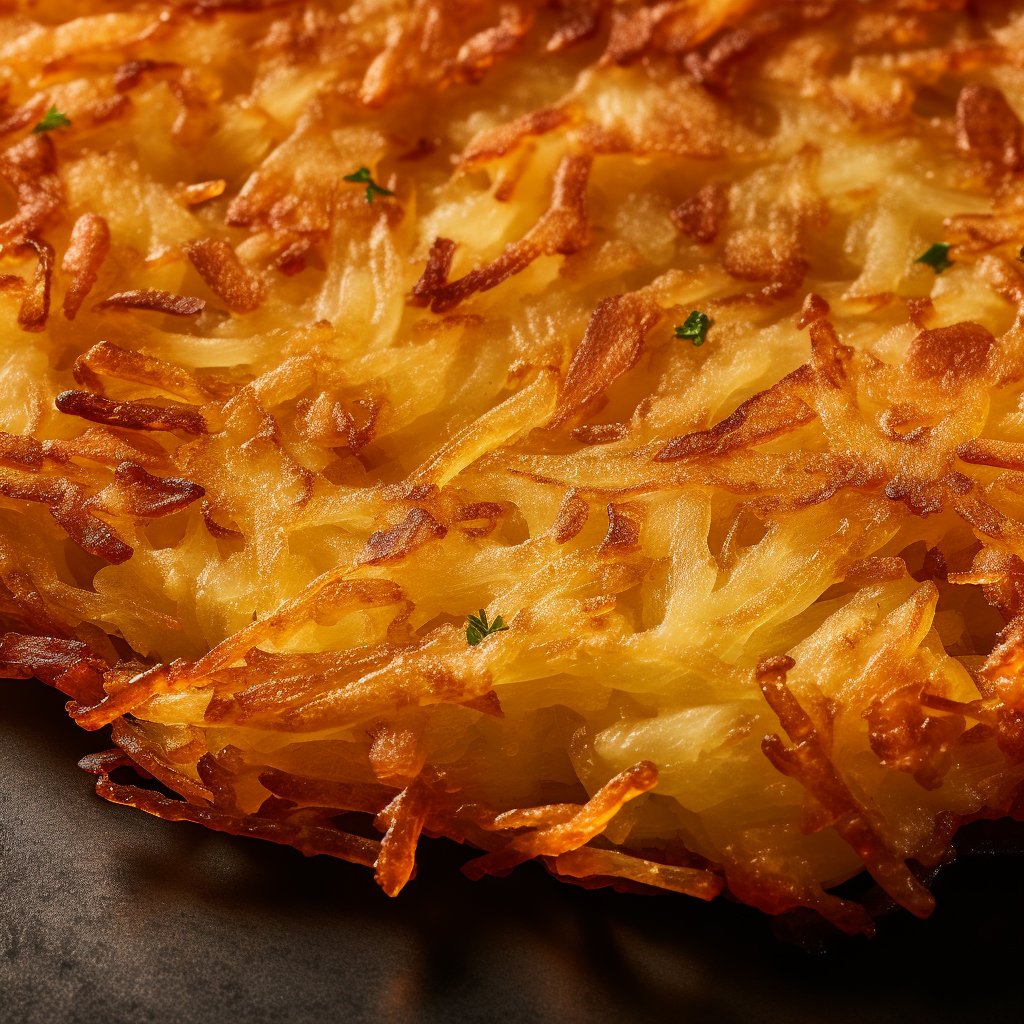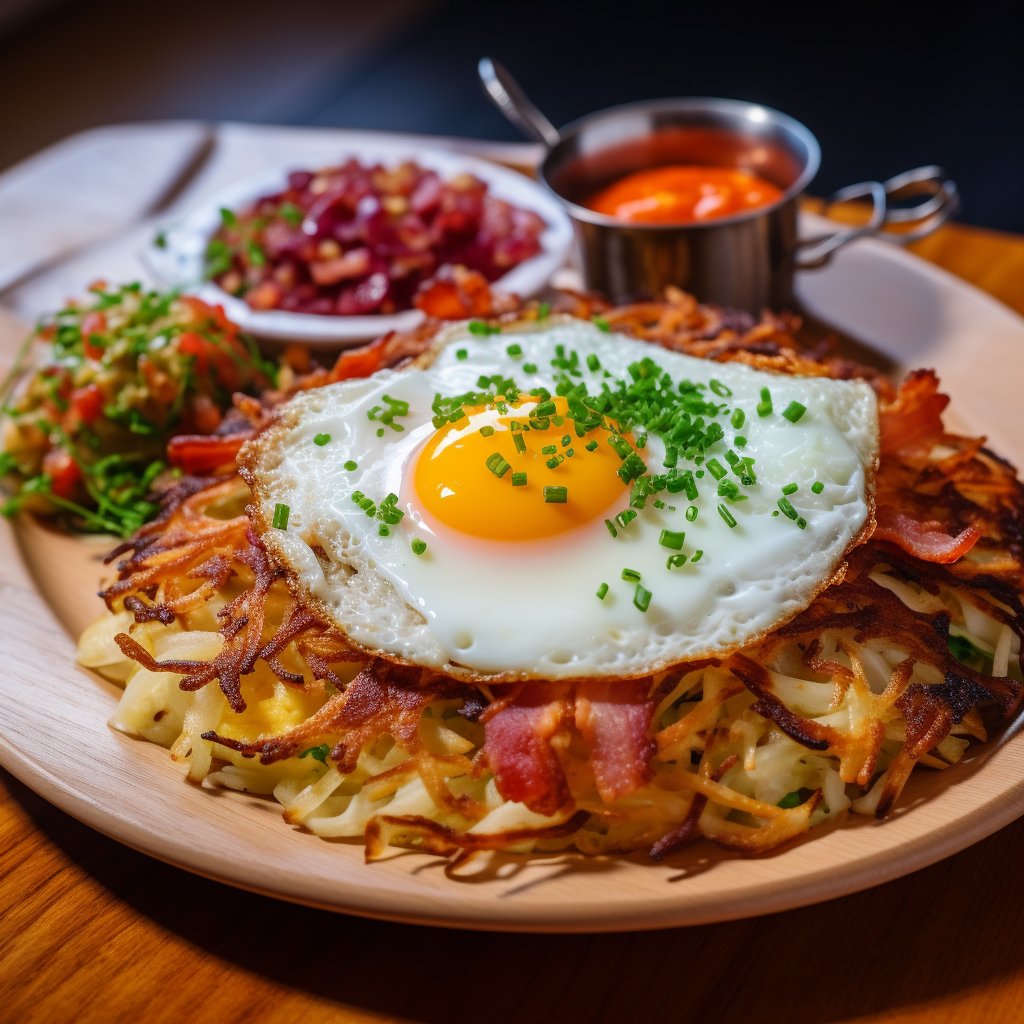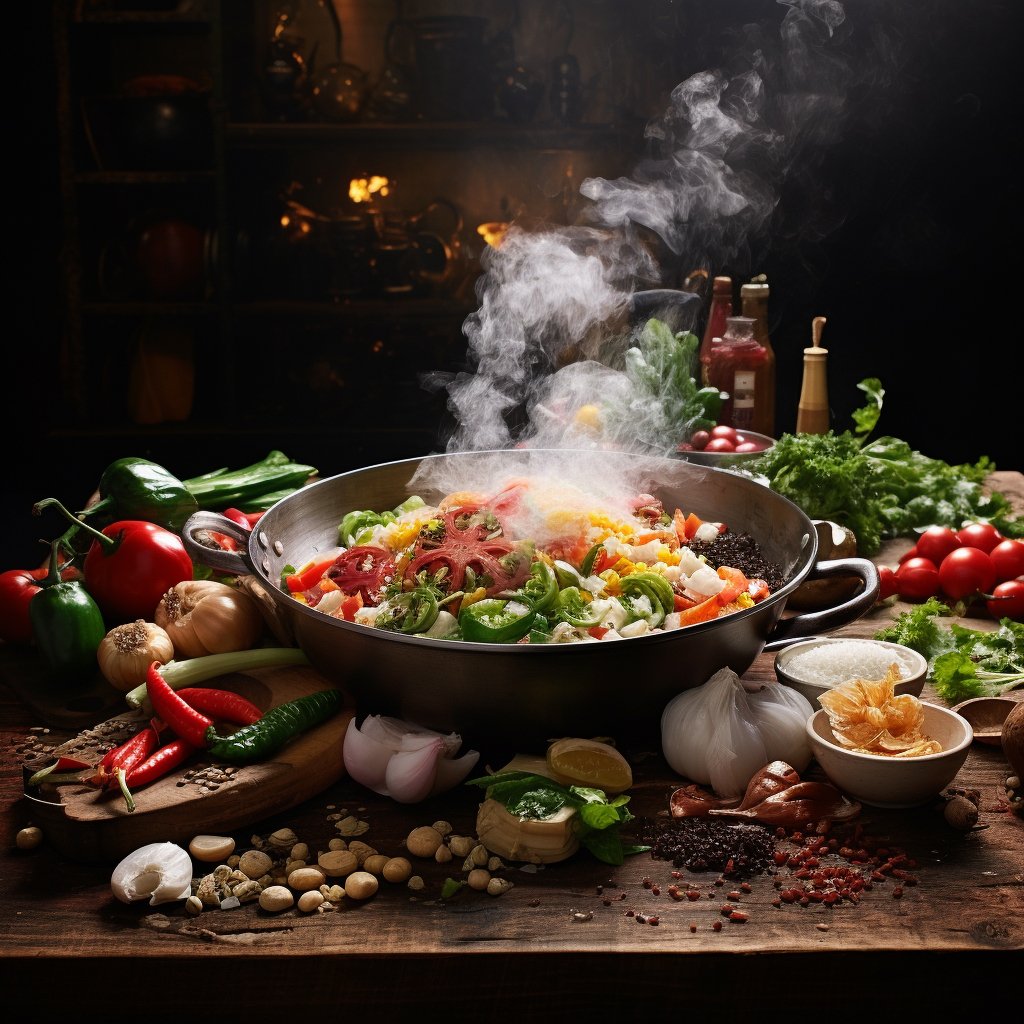Switzerland, renowned for its picturesque landscapes and rich cultural heritage, also boasts a culinary landscape as diverse and enchanting as its scenic vistas. Swiss cuisine, a delightful blend of influences from its German, French, and Italian neighbors, offers a range of flavors that mirror the country’s multicultural ethos. In this culinary exploration, we will delve into the heart of Swiss national cuisines, savoring the tastes and traditions that make Swiss gastronomy truly unique.

Fondue: The Emblem of Swiss Gastronomy
Fondue, the quintessential Swiss dish, is much more than a culinary delight – it’s a symbol of Swiss camaraderie and tradition. Originating in the Swiss Alps as a way to use aged cheeses and bread during the winter, fondue has evolved into a national icon. The classic version, Fondue Moitié-Moitié, blends Gruyère and Vacherin cheeses, creating a creamy concoction perfect for dipping chunks of crusty bread.

This dish isn’t just about taste; it’s about the experience. Gathering around a communal pot, dipping bread on long-stemmed forks, and enjoying leisurely conversations make fondue a heartwarming ritual that encapsulates the communal spirit of Swiss dining.

Rösti: A Versatile Potato Delight
Rösti, a simple yet beloved dish, is a testament to Swiss ingenuity in using humble ingredients to create something extraordinary. Initially a breakfast dish for farmers in Bern, Rösti has become a national favorite. It’s a crispy potato pancake, grated and pan-fried to golden perfection, often enjoyed as a side dish but versatile enough to be the main course.

Variations abound, from the addition of bacon, onion, and cheese to regional twists like the inclusion of apple in Rösti in the canton of Valais. This dish’s crispy exterior and tender interior showcase the Swiss knack for transforming simple ingredients into comforting, satisfying meals.

Zürcher Geschnetzeltes: A Rich Culinary Tradition
Zürcher Geschnetzeltes, a luxurious veal dish, is a culinary jewel in Zurich’s crown. This dish, typically made with tender strips of veal, is gently simmered in a creamy mushroom sauce, often enriched with white wine and cream. It’s a blend of delicate flavors and textures, usually served with golden, buttery Rösti.

The dish’s balance of richness and subtlety showcases Swiss cuisine’s sophistication, reflecting the country’s appreciation for high-quality ingredients and precise cooking techniques.

Swiss Chocolate: The Global Ambassador of Swiss Excellence
Swiss chocolate needs no introduction; it’s a global ambassador of Swiss excellence. The story of Swiss chocolate is one of innovation and craftsmanship. It began with the invention of milk chocolate by Daniel Peter and the development of the conching process by Rodolphe Lindt, which gave the world the silky, melt-in-your-mouth texture that characterizes Swiss chocolate.

Today, Swiss chocolate is celebrated for its quality, variety, and the sheer artistry that goes into its creation. From luxurious truffles and pralines to bars filled with an array of nuts, fruits, and nougats, each piece is a reflection of Switzerland’s commitment to confectionery perfection.

Ticino’s Polenta and Braised Beef: A Taste of Swiss-Italian Fusion
In the Italian-speaking canton of Ticino, polenta and braised beef offer a taste of Swiss-Italian fusion. Polenta, a staple made from cornmeal, is lovingly cooked to a creamy, comforting consistency and often serves as the perfect accompaniment to a rich, slow-cooked beef stew. This dish exemplifies the melding of Swiss precision with Italian flair for robust flavors, showcasing the diversity and adaptability of Swiss cuisine.

It’s particularly popular during the colder months, providing warmth and comfort with every spoonful.
Conclusion: A Melting Pot of Gastronomic Delights
Swiss national cuisine is a vibrant tapestry, rich in flavors and steeped in tradition. Each dish, from the communal joy of fondue to the rustic charm of Rösti, and from the refined elegance of Zürcher Geschnetzeltes to the world-renowned Swiss chocolate, tells a story of Switzerland’s cultural diversity and culinary ingenuity. The Swiss table is a place where simplicity meets sophistication, and local traditions merge with global influences.

Whether you’re a food enthusiast or a curious traveler, the flavors of Switzerland offer a unique journey through the heart of its cultural and culinary landscape.
